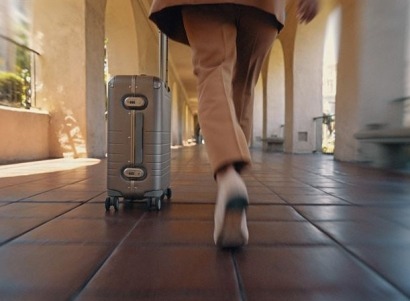
Neste Impact enables businesses to turn their climate targets into measurable actions to reduce their aviation related emissions. Neste helps a business translate its climate targets into specific, measurable targets to reduce emissions from the business’s air travel and transport. The targeted emissions reduction can be achieved by replacing fossil jet fuel with a corresponding amount of SAF purchased from Neste.
Neste ensures the SAF is supplied to a partner airline and the purchased amount is verifiably used to replace fossil fuel. After the SAF has been used, the business receives a third-party verified report, enabling it to credibly report the achieved emissions savings contributing to their sustainability targets.
“The urgency for climate action has never been greater, and businesses are increasingly looking for solutions that help them to reduce their aviation related carbon footprint. However, it can be a challenge to find a credible solution, particularly considering the ever-increasing reporting requirements and public demand for transparency. Neste Impact provides an easy to use solution for verified emission reductions, provided by the world’s leading producer of SAF," said Kristina Öström, Vice President Marketing, Brand and Partnerships from the renewable aviation business at Neste.
Neste Impact is aligned with the Aviation Guidance of the Science Based Targets initiative (SBTi), the gold standard in climate reporting. It follows a book and claim approach, but unlike many other book and claim solutions, Neste ensures the SAF is delivered and used specifically in the aviation sector to replace fossil jet fuel, following the SBTi Aviation Guidance criteria.
The related emission reduction achieved is third-party verified and further validated through the ISCC SAFc registry, enabling businesses to credibly report the achieved reductions towards their Science Based Targets or similar sustainability targets. The SAF volumes sold are not used to meet fuel mandates or other similar regulatory requirements on SAF use; instead, they provide additional emission reductions in aviation.

